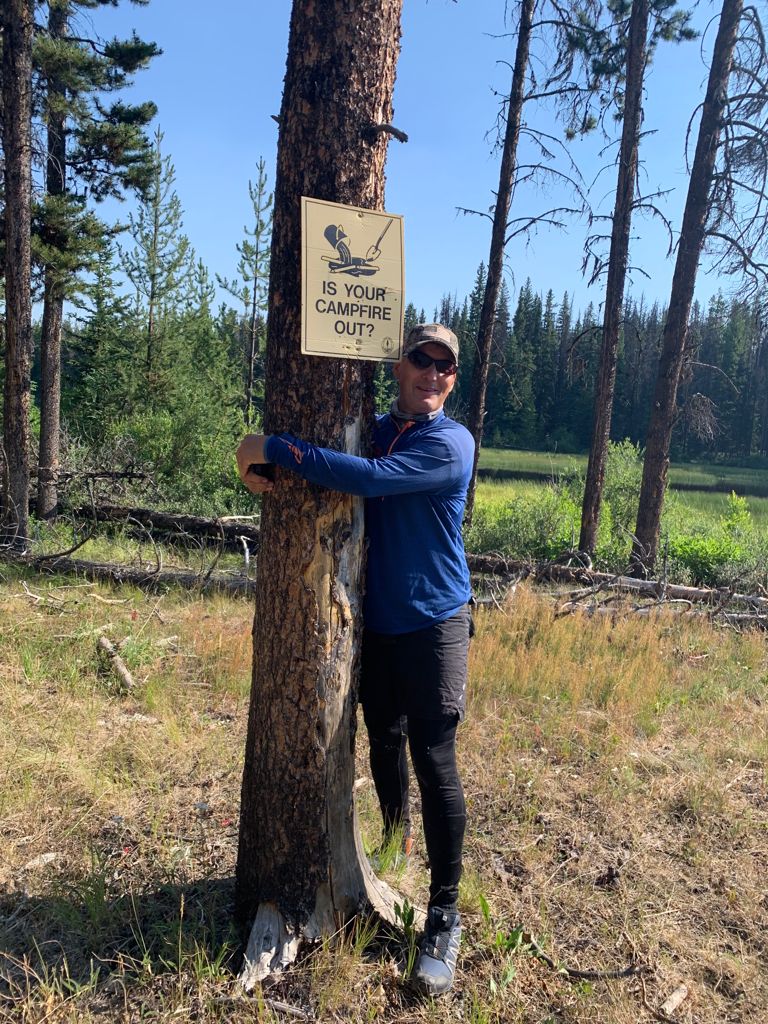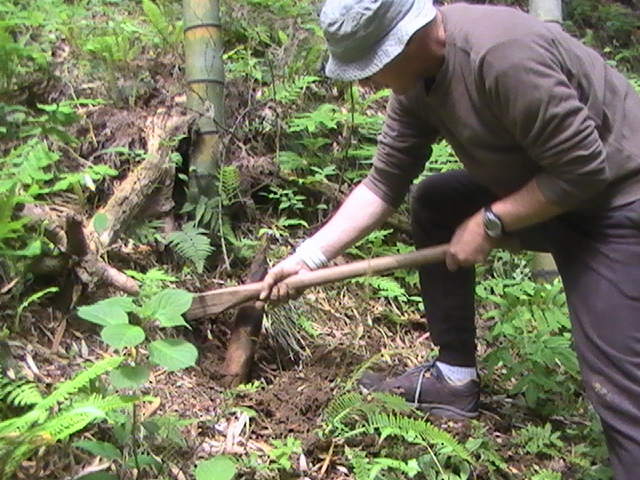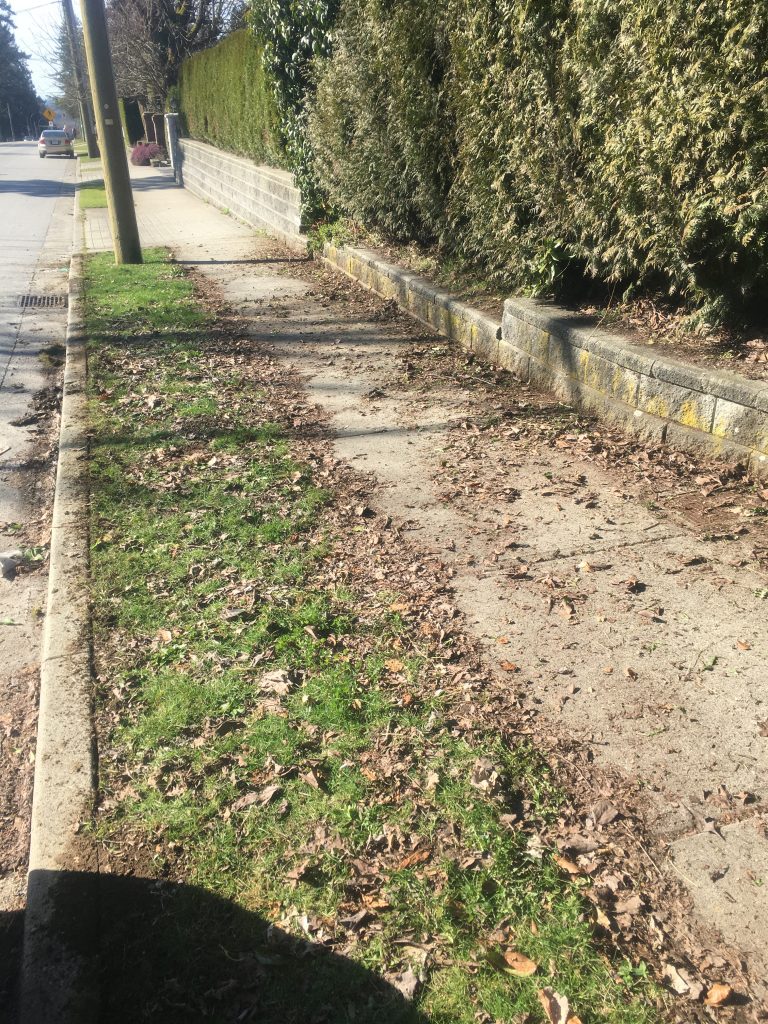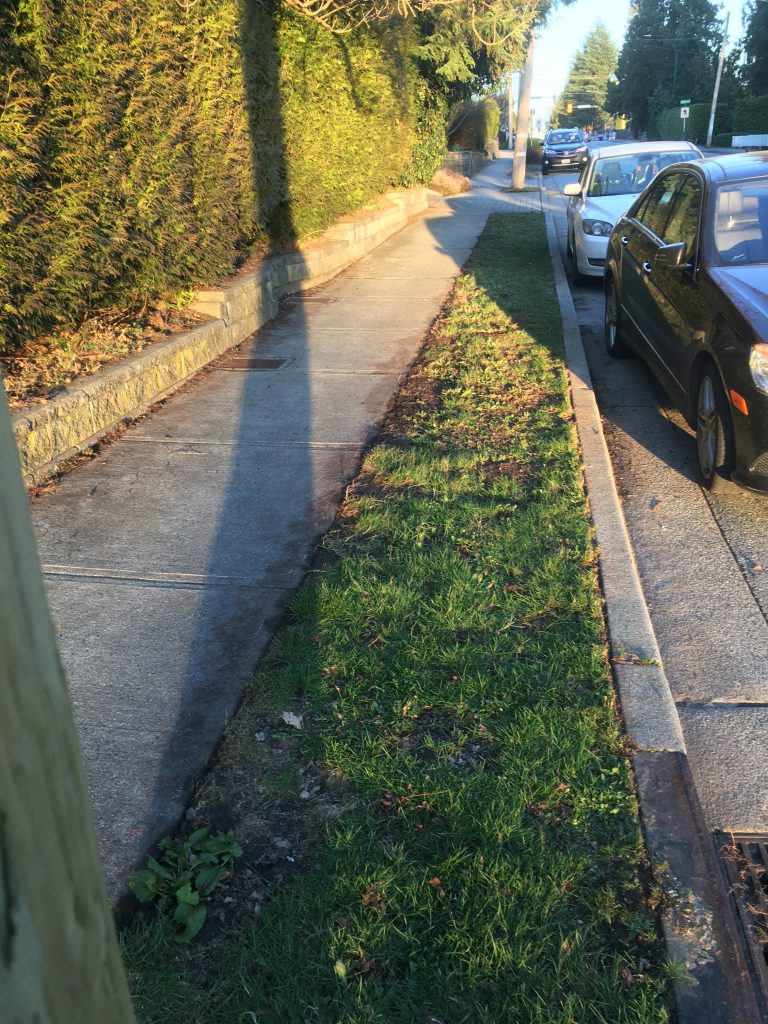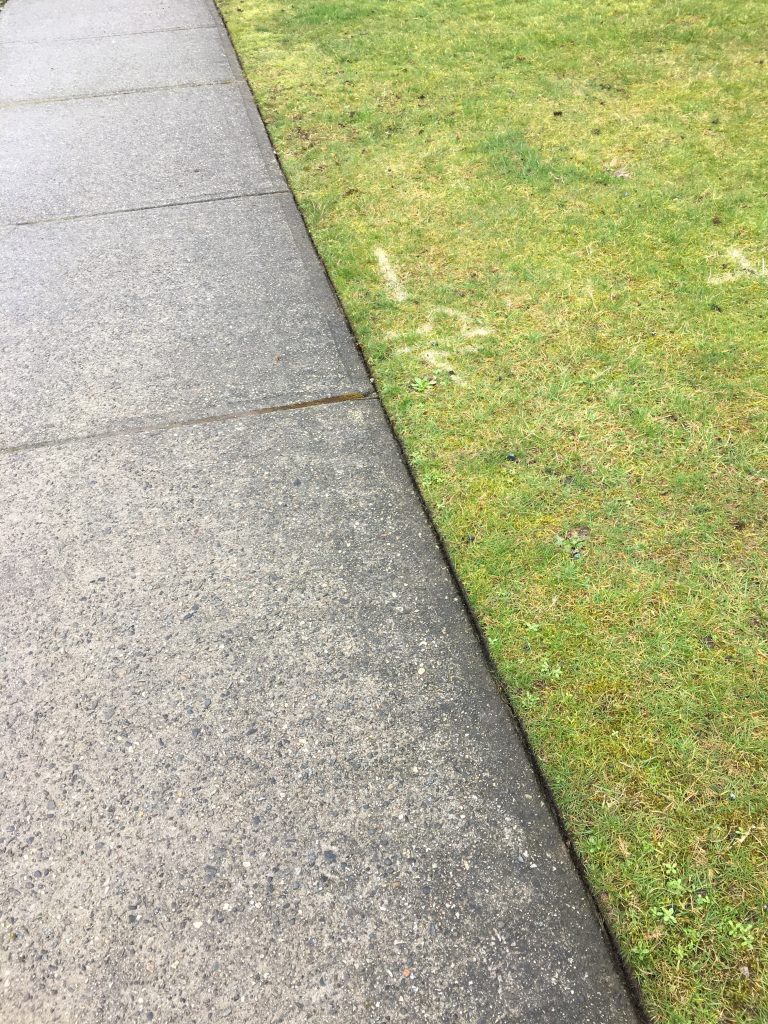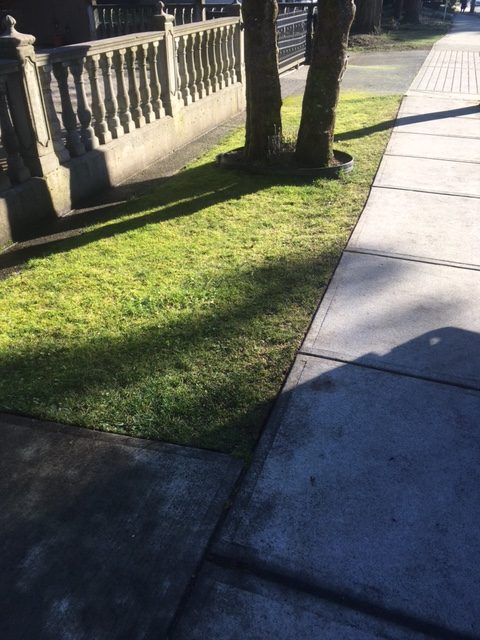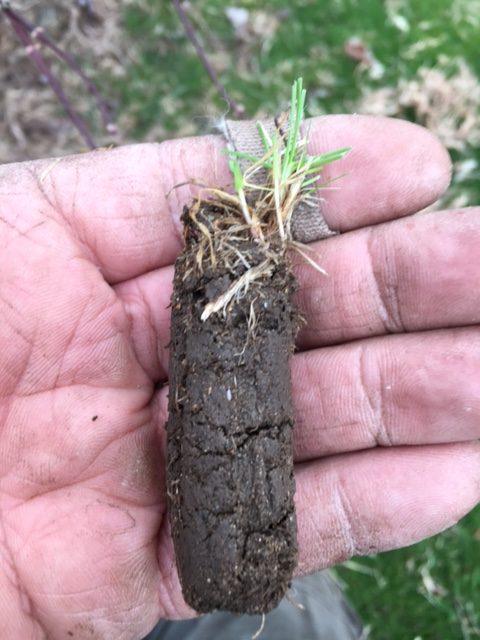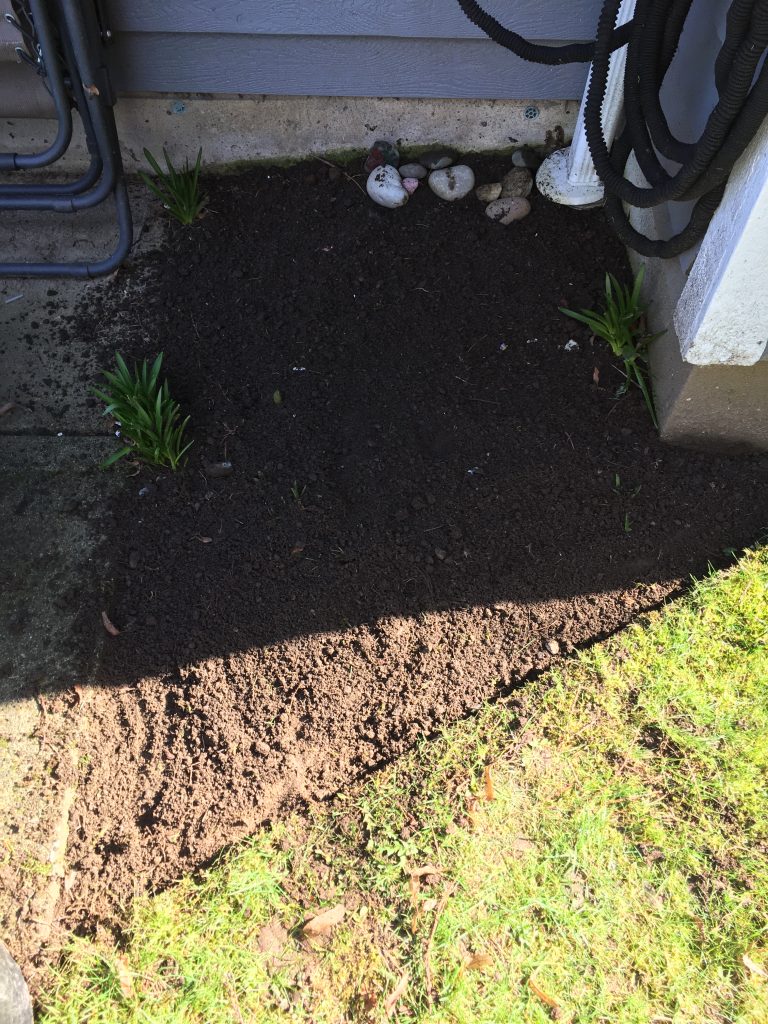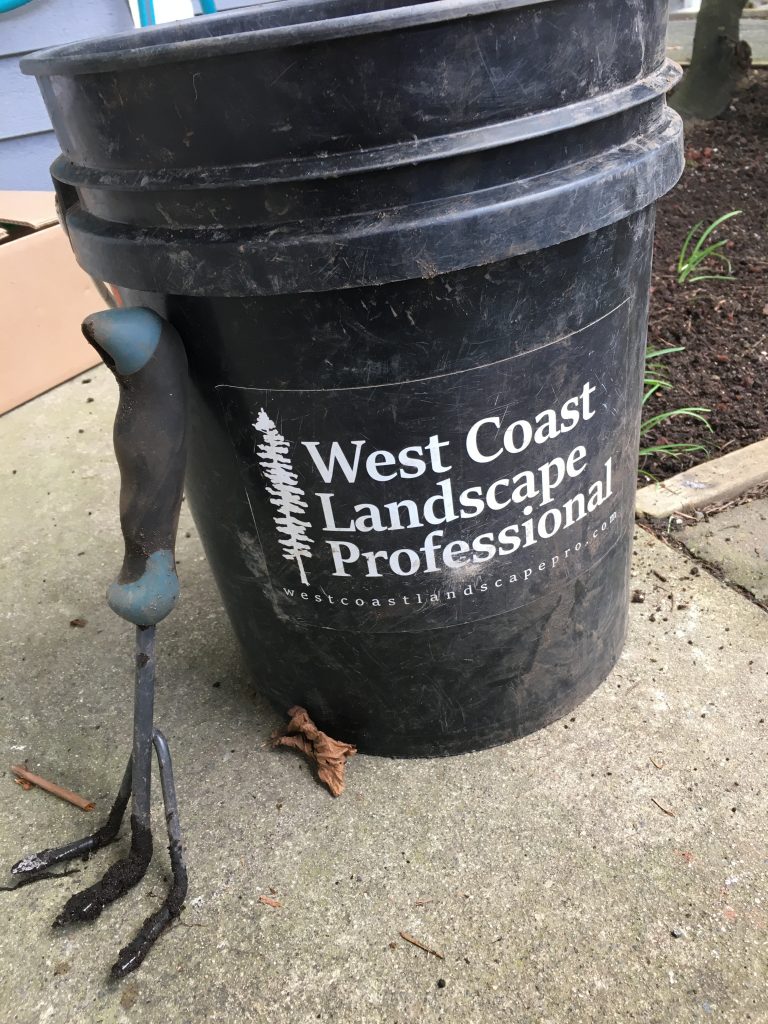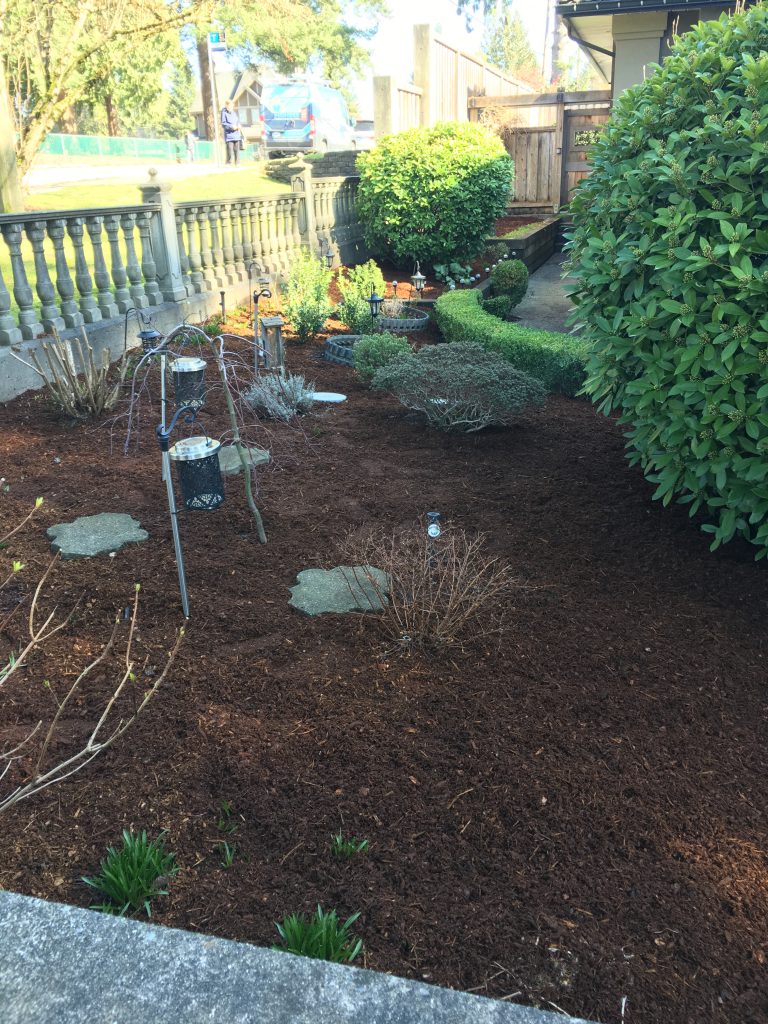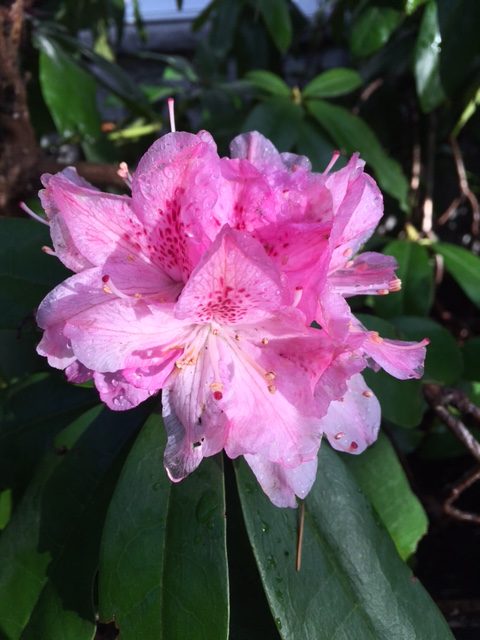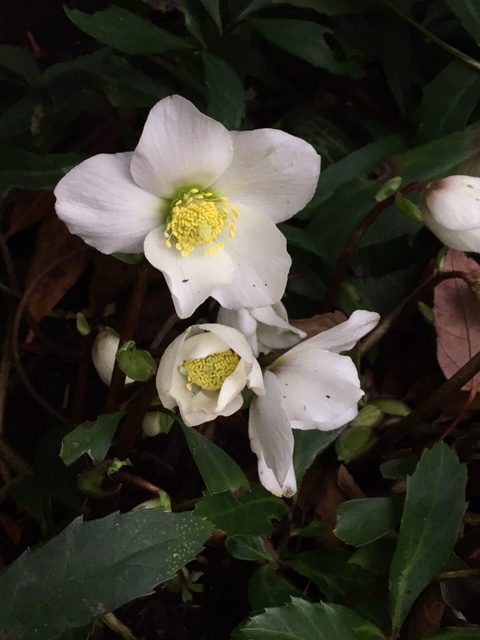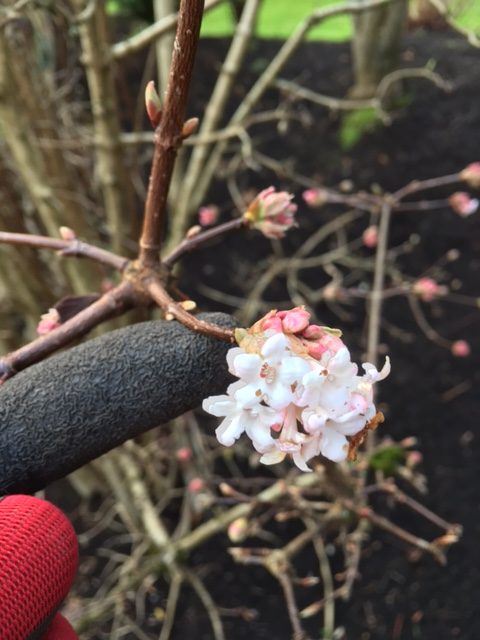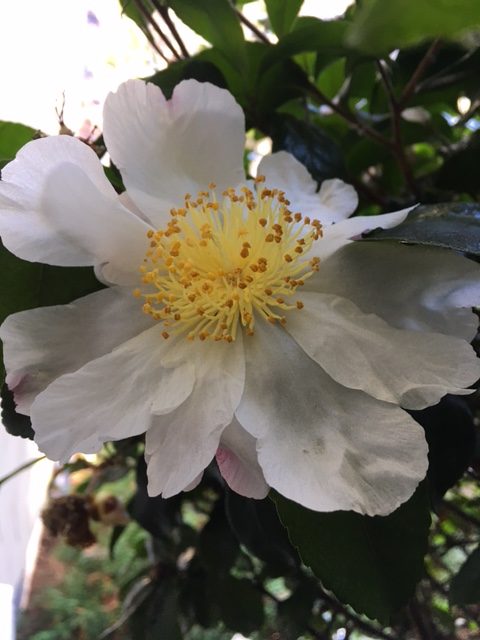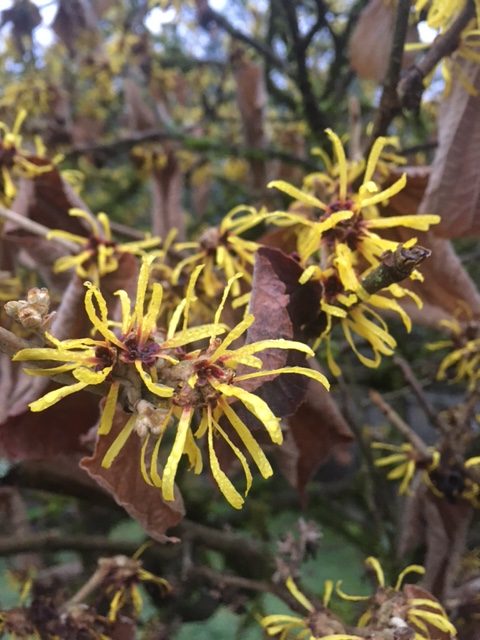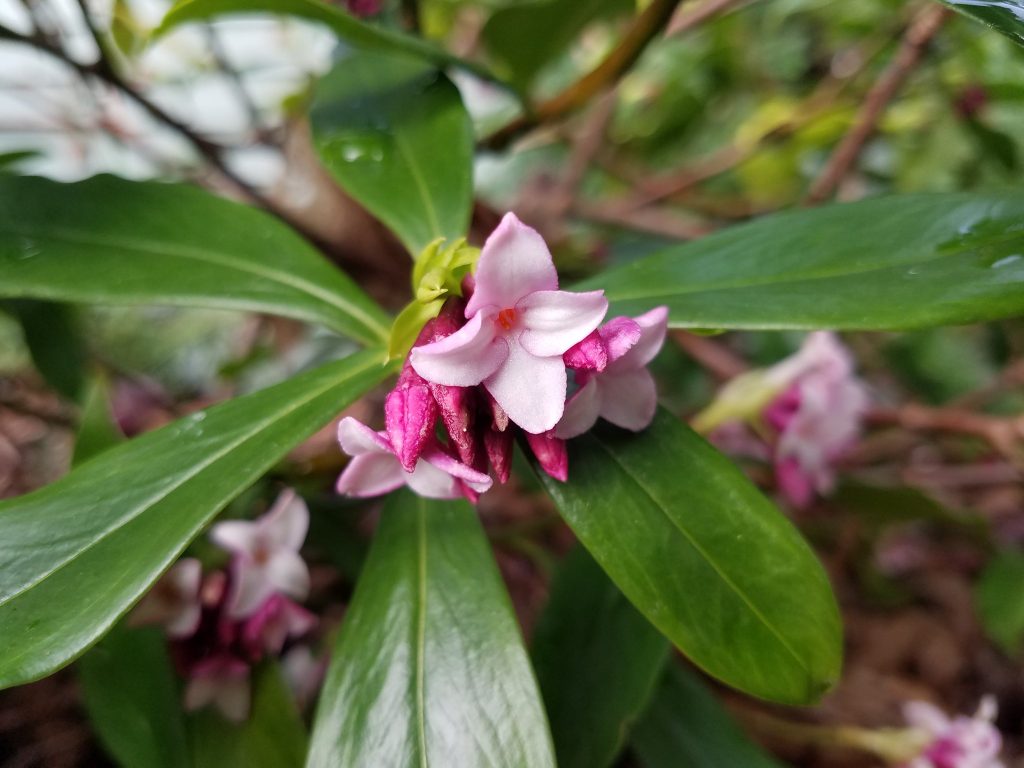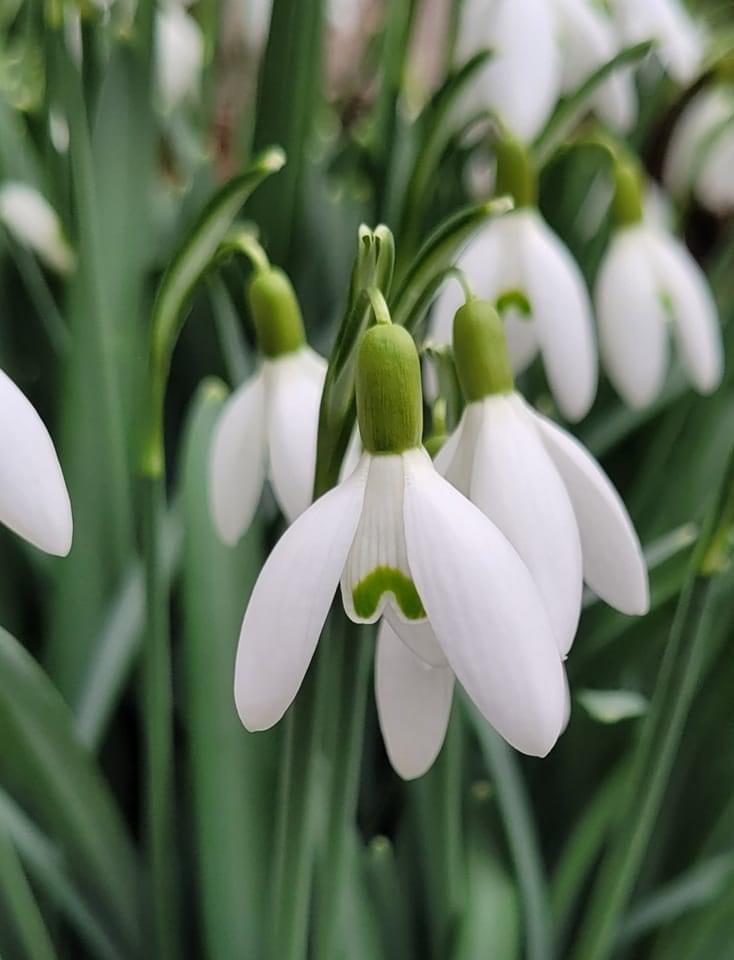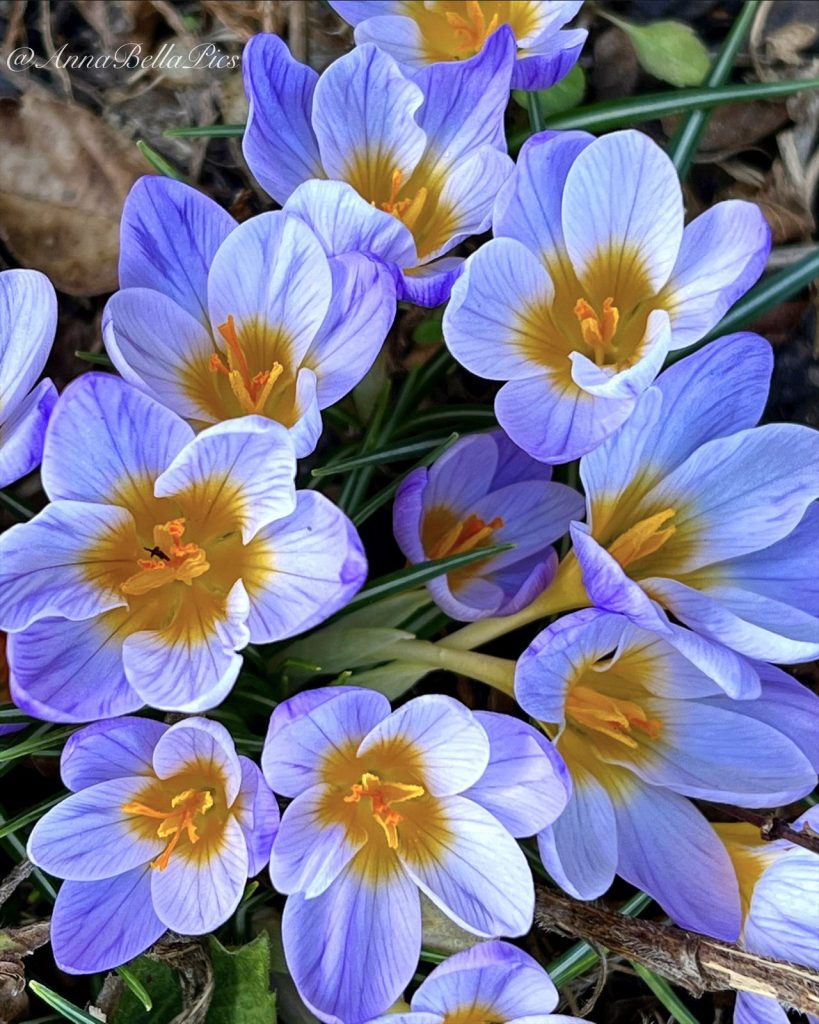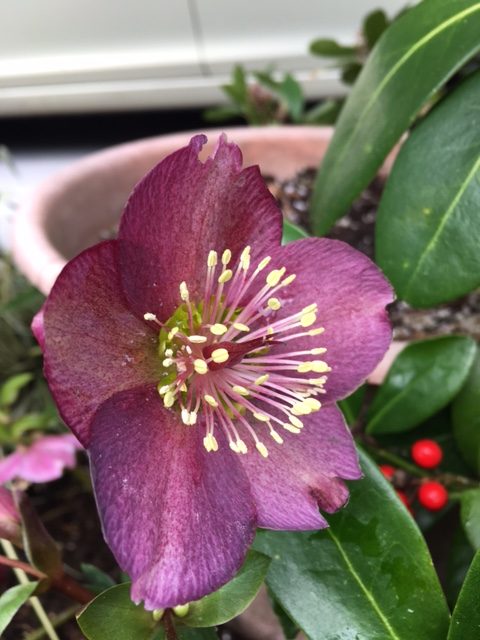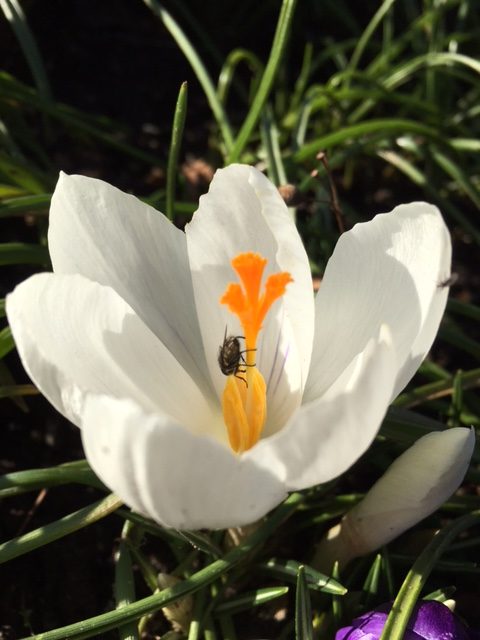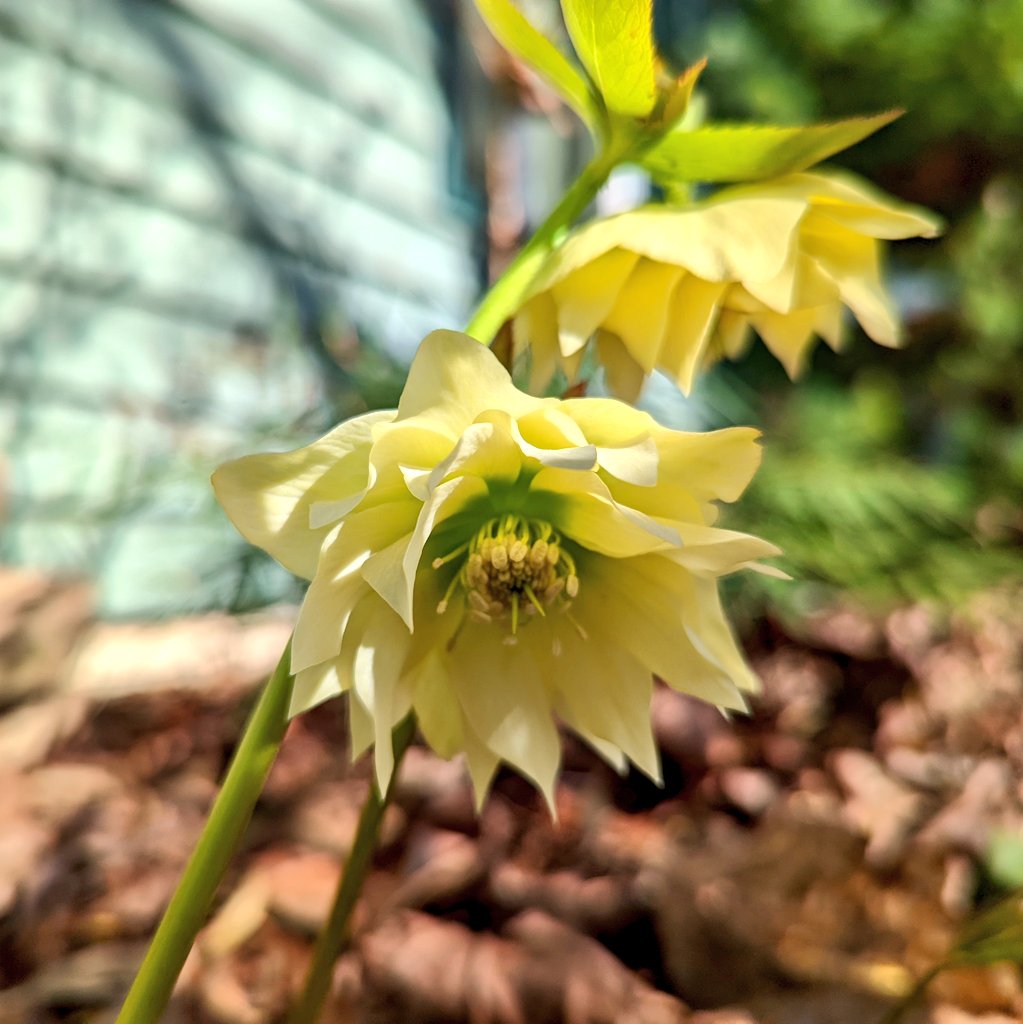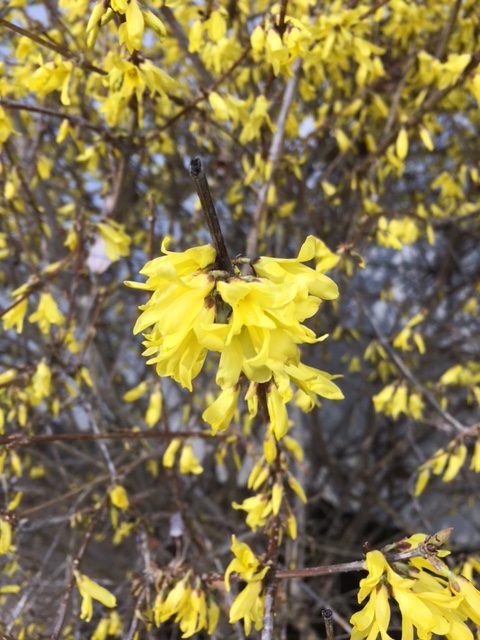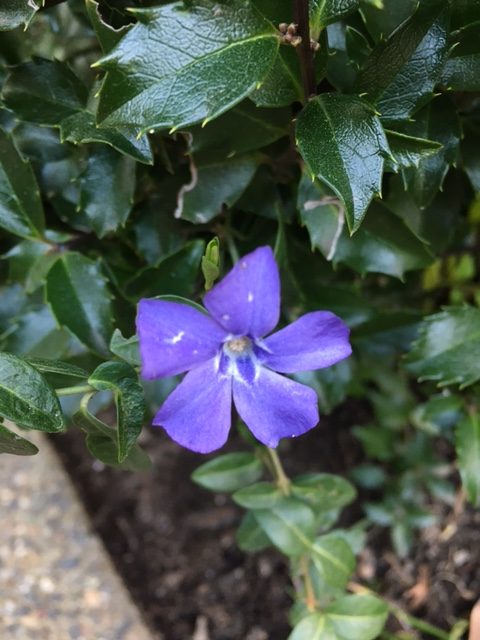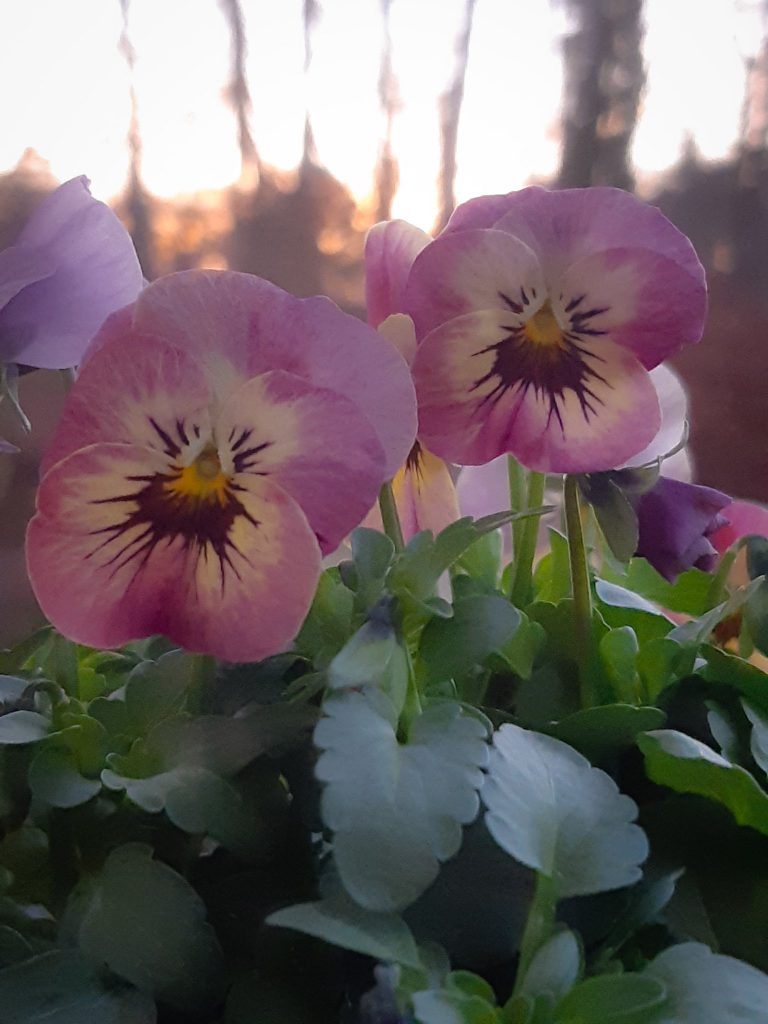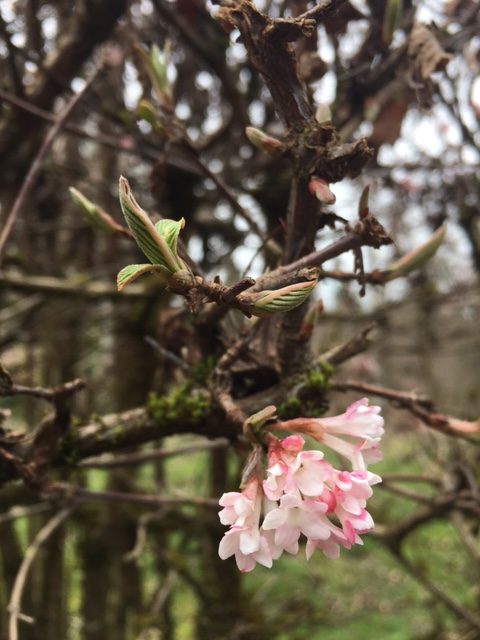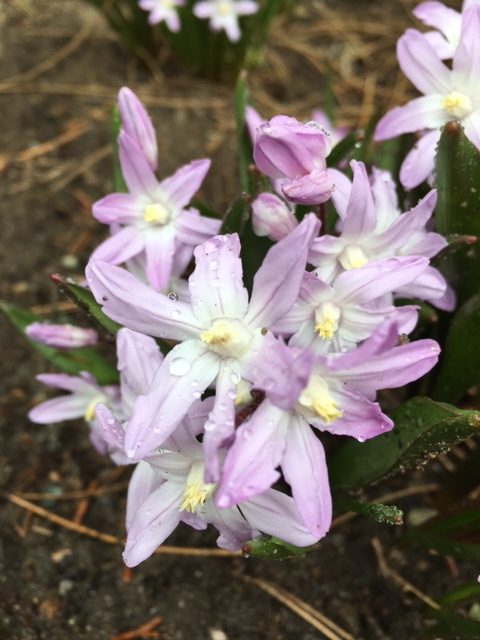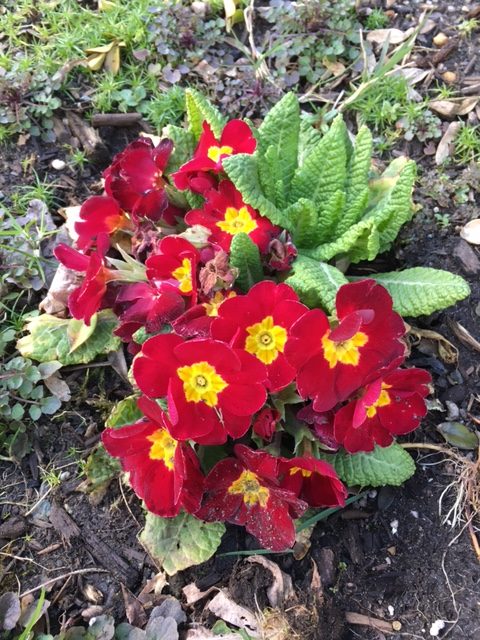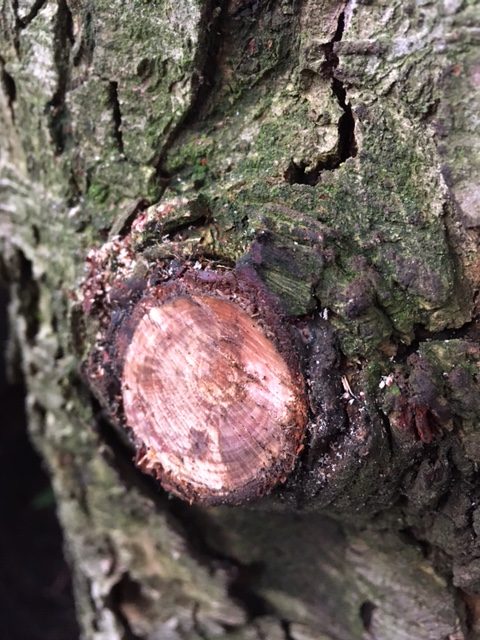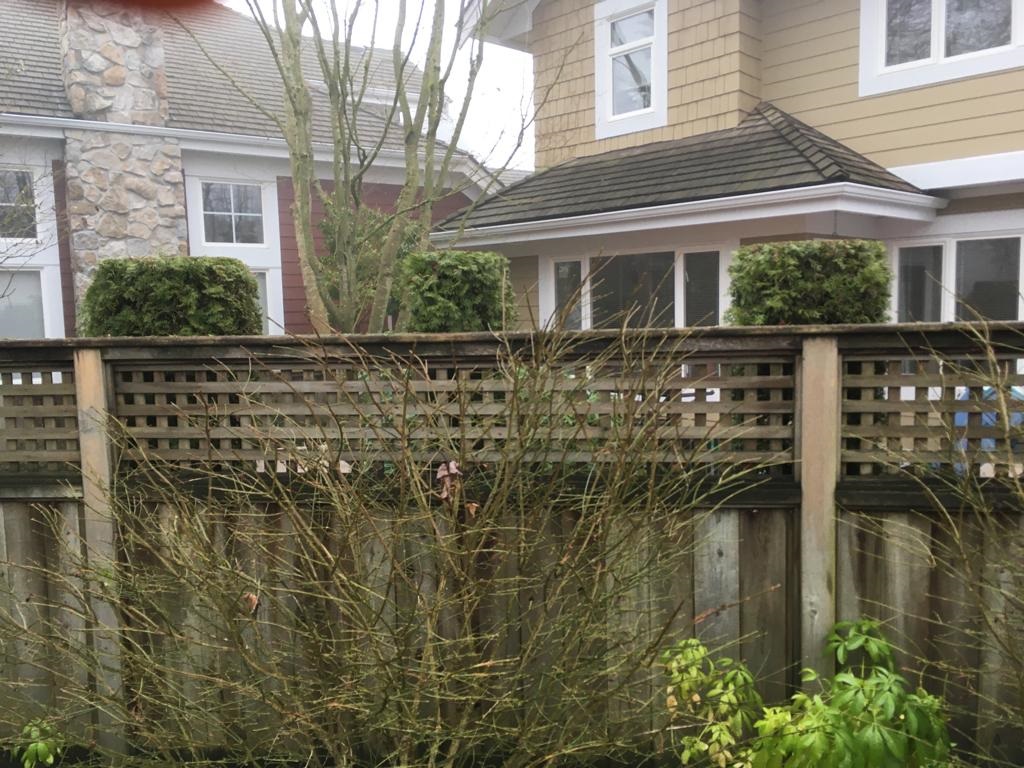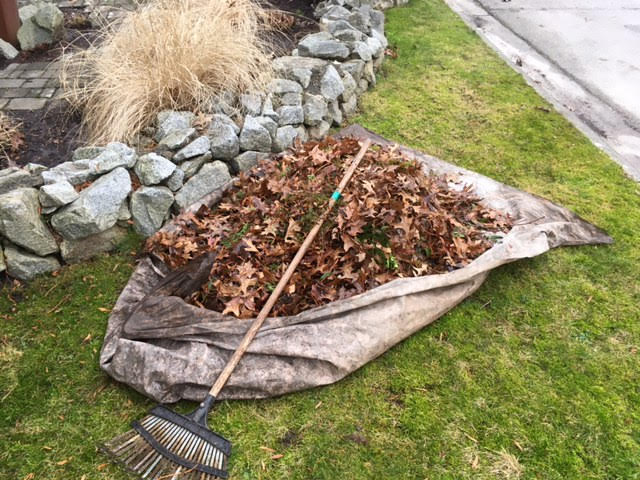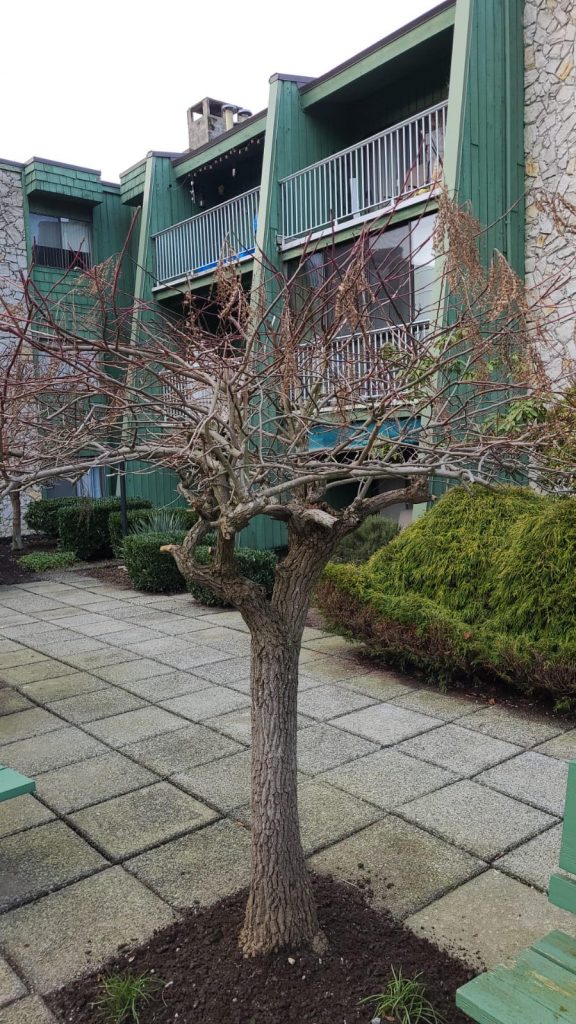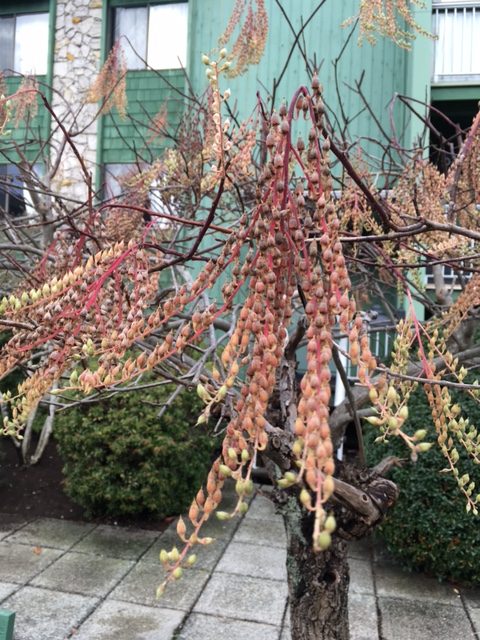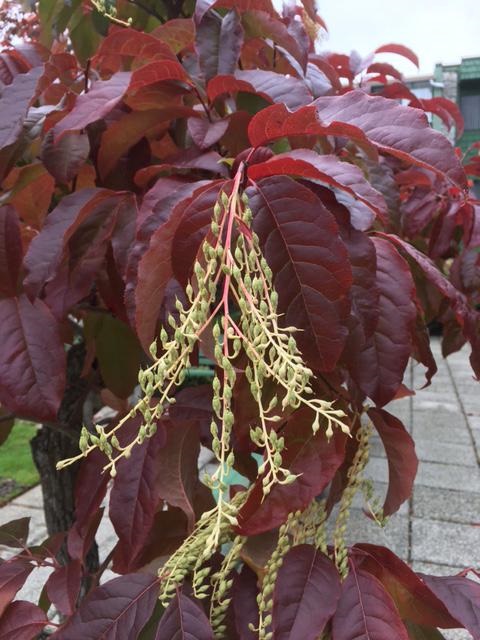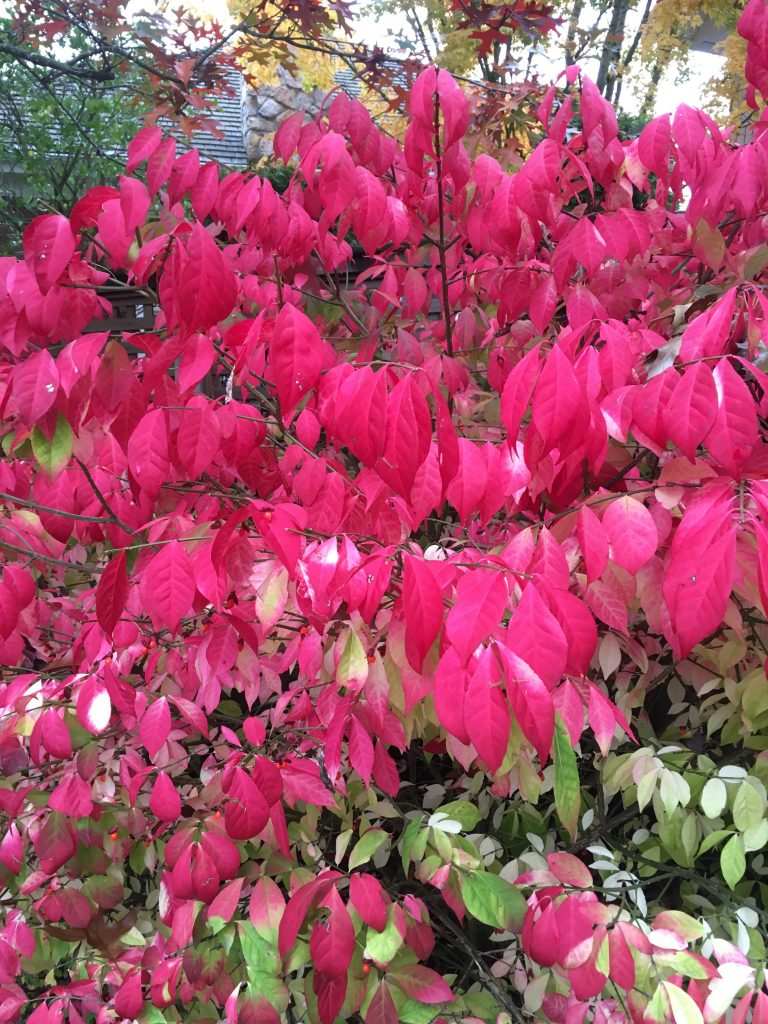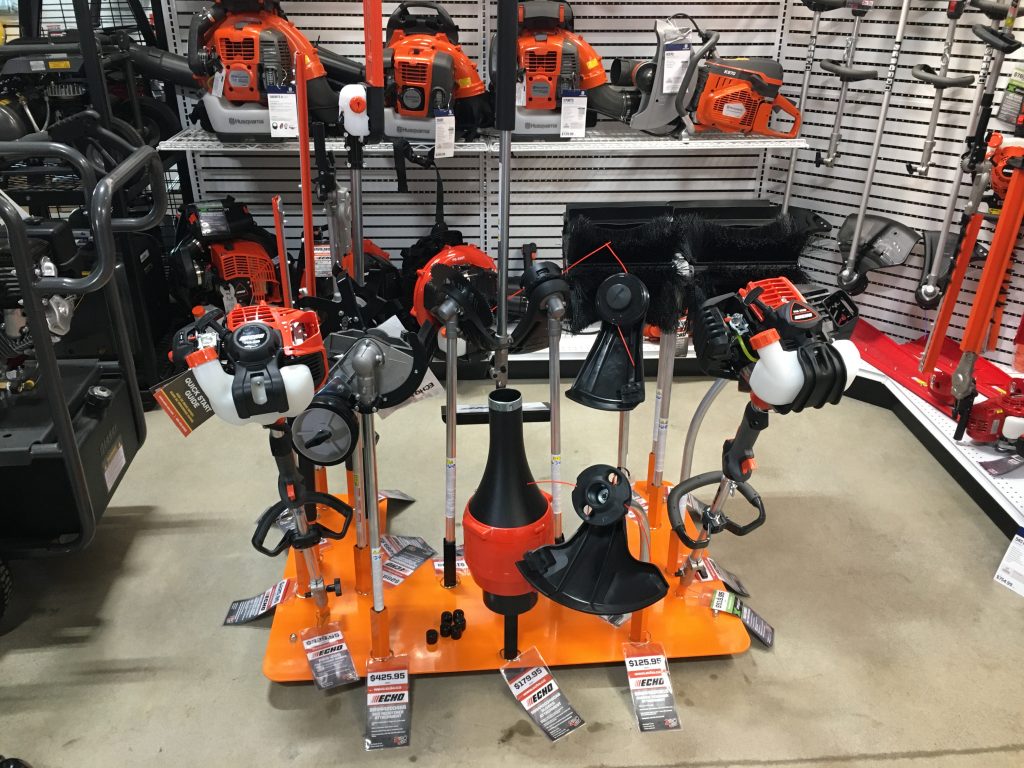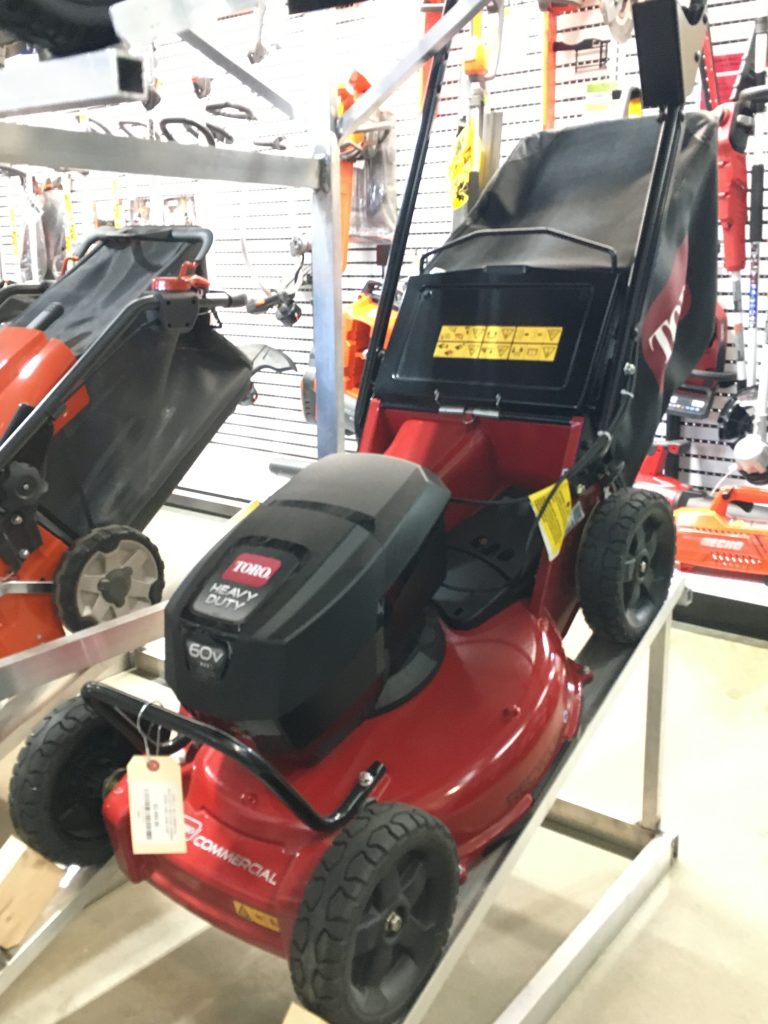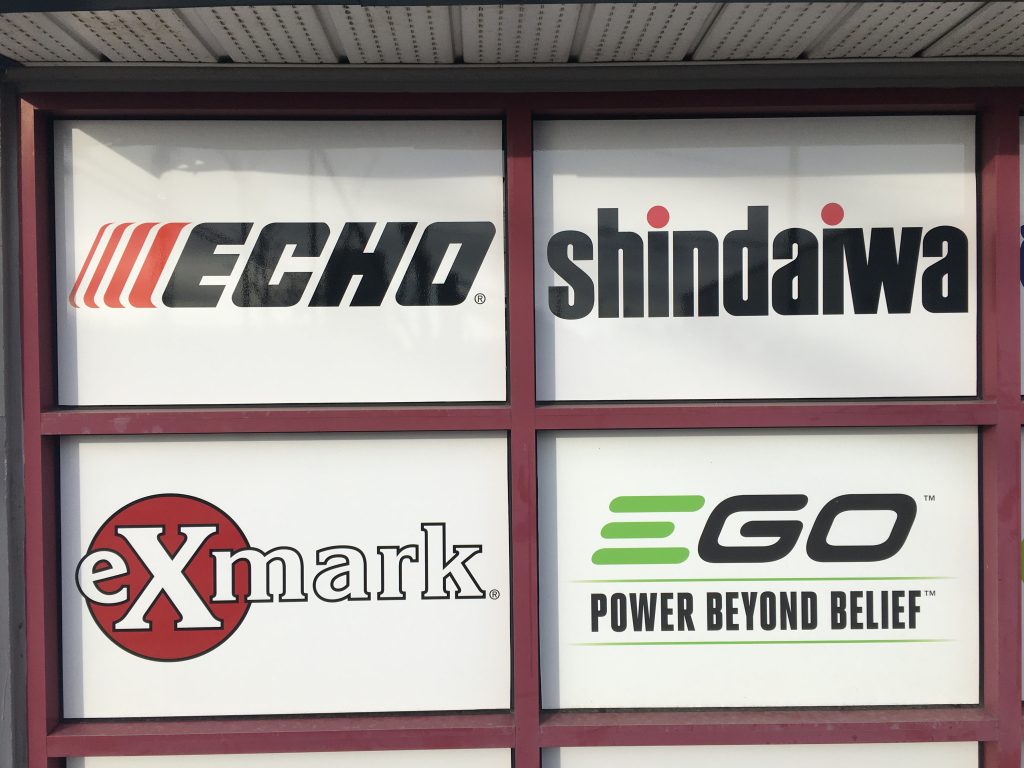You can do it!
Yes, ISA certified arborist Vas says you can take down a small dead tree in your backyard. If you have deep pockets and lots of fears, then hire a tree company. But this blog post will show how you can have some fun and save money by doing the work yourself. Just don’t tell your local tree companies.
Disclaimer: tree work is dangerous so please note that I’m talking about small trees. Giants require permits and professionals.
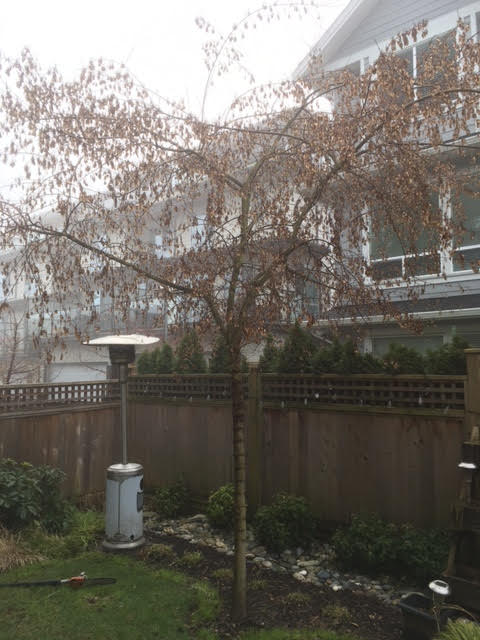
This dead Amur maple is a breeze to take down. The key is to do it in sections; we’re not loggers, dropping trees in one piece. See the picture sequence below. But, first, safety.
Safety first
You will need a hard hat, gloves, goggles, and ear protection. Don’t fake it. I used a pole chainsaw which allowed me to stand back and slowly reduce the tree to a stump. But you may not have access to a pole chainsaw so using a pole saw or just a sharp hand saw with a small ladder would suffice. It just means you will get sweatier and your arms will burn. However, you won’t have to worry about noise and air pollution, nor any rental costs.
Make sure your kids, seniors in wheelchairs and pets are inside and eliminate any other potential targets. In this yard, I had to move garden lights.

Easy does it! Start at the top, slowly, and work your way down.

Leave the tall stump alone because we need it later to extract the root ball.
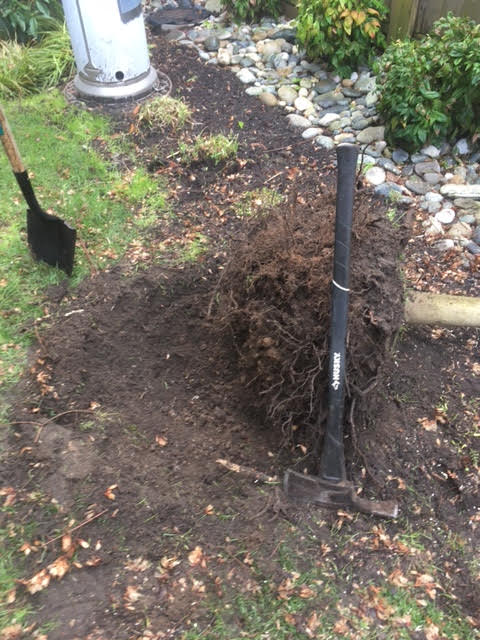
Note the tools. A shovel is a given, two work best because they tend to snap. The black pulaski tool is very handy for digging and severing roots. The tall stump section allowed me to move the root ball and dislodge it.
Clean up
Remove all debris and get help with the heavy stump. If you’re not planting anything in the hole, cover it up with soil. Then rake over the yard to leave it looking decent. A blower is faster.
I had a lot of fun taking down this Amur maple. I’m not sure why it died. I used a pole chain saw, shovel and a pulaski. As usual, I started at the top of the tree and worked down, until a had a tall stump. I kept the stump because it made the root ball removal easier.
To eliminate accidents, you must backfill the hole, preferably with native soil from the excavation.
There, you just saved a lot of cash and got some (safe) exercise. The green waste might cost a bit of cash.



